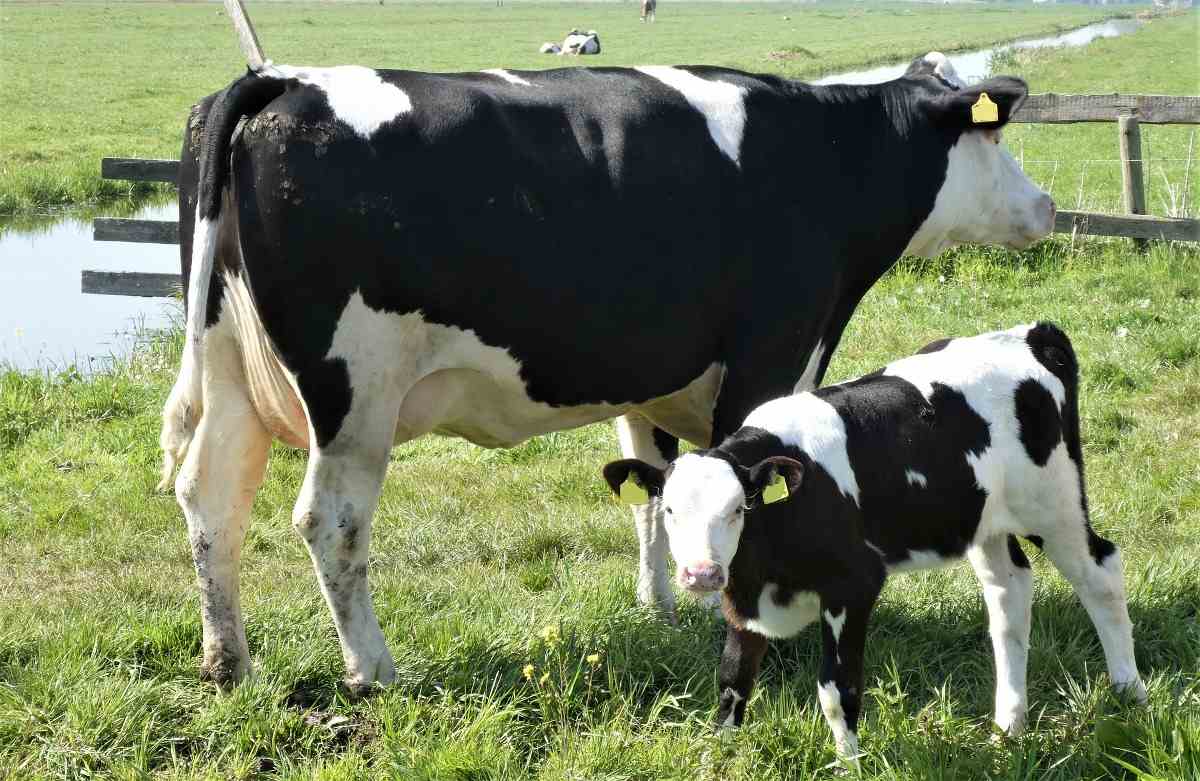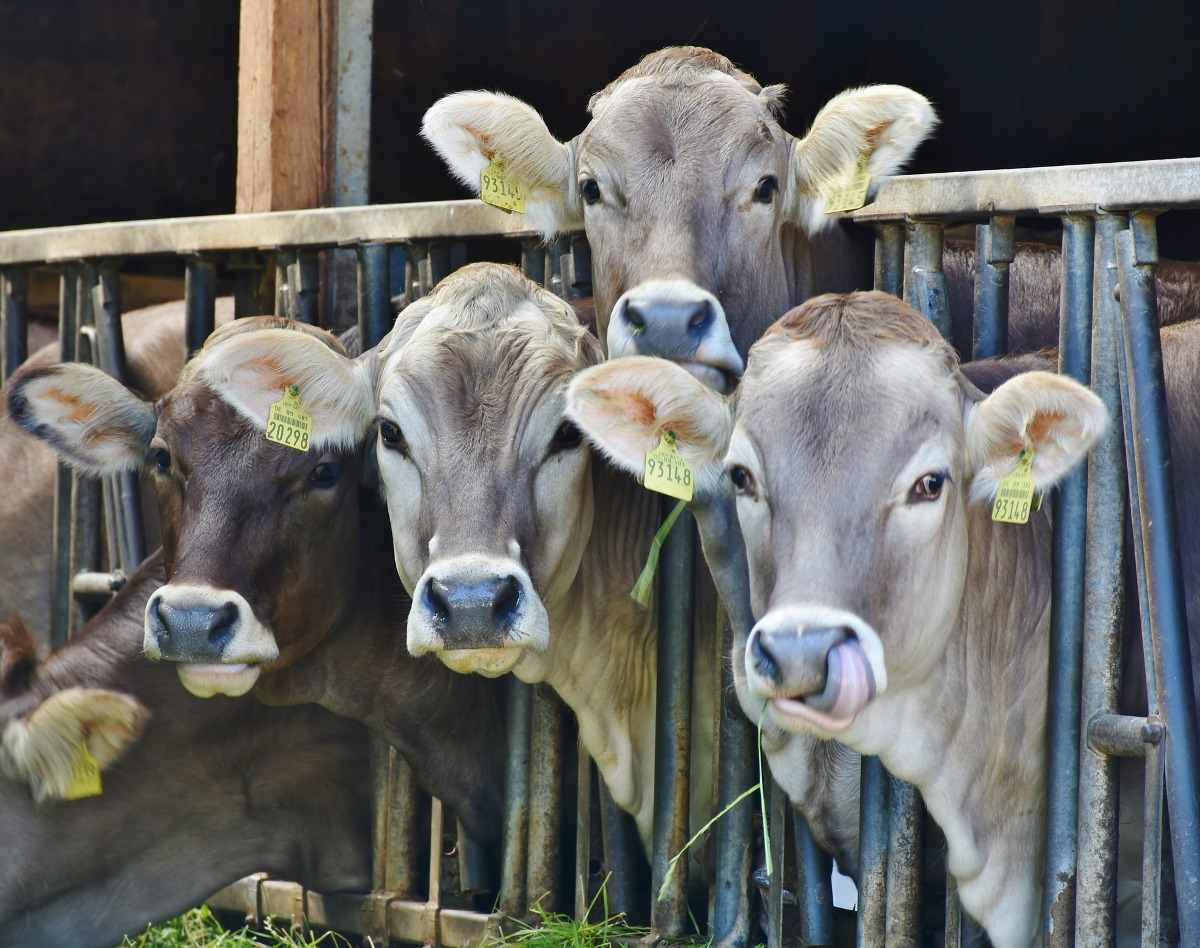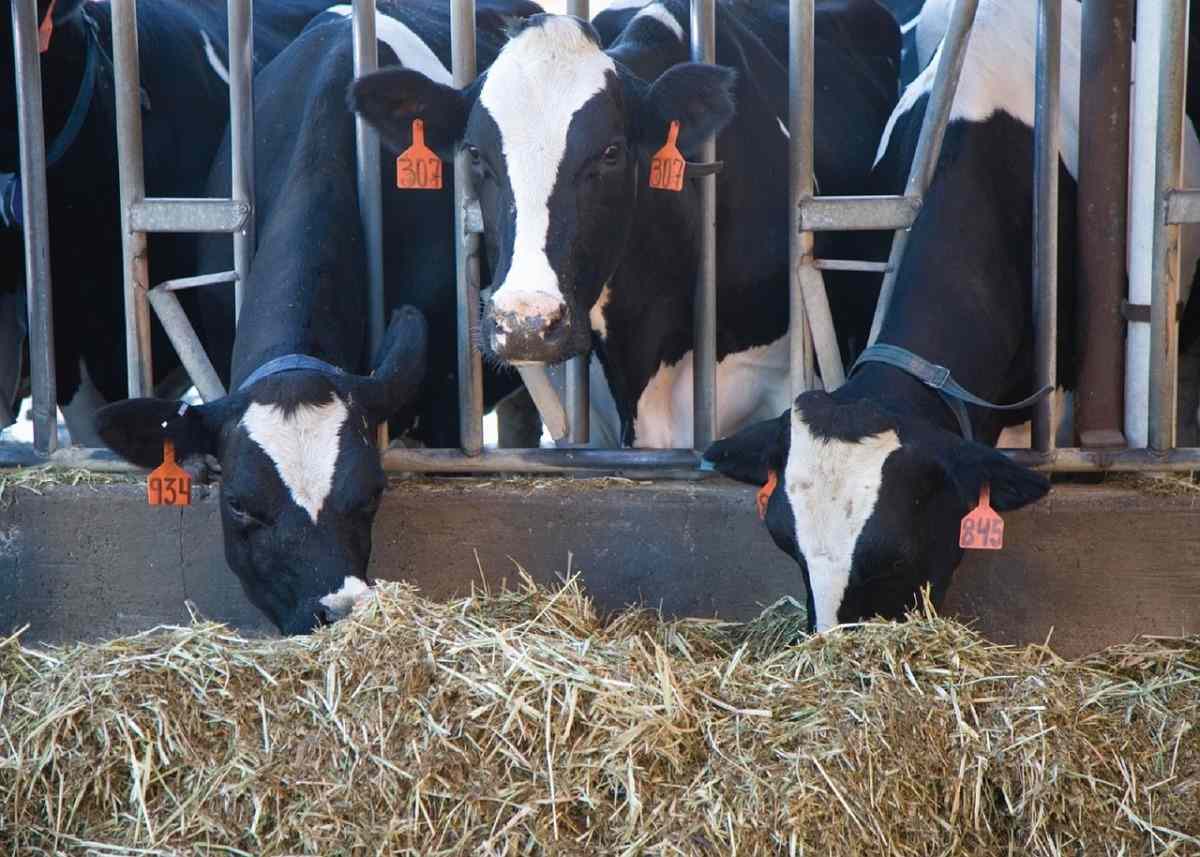How to Make Money from Dairy Farming Business
Dairy farming might require a bit of high investment in the initial stages, but the profits will be high at after initial stages. You can go for either select pure or crossbreeds while starting your business. But rearing cross bread has shown good results so it would be a better option to go with the crossbreeds. Now, let us see how you can make money from a commercial dairy farming business in India.
A guide for how to make money from a dairy farming business
This article will give you detailed information regarding the profitable business plan of dairy farming in India.

Dairy farming business plan to make good money
Location for Housing
You have to choose the land in such a way that the rainwater should not get stagnant and hence prefer an elevated land, to avoid these problems. The soil in the land has to retain the water content up to a required percentage it should not be too dry or too wet. Make a note that you should not choose a fertile land to establish cattle housing. The shed should be covered with mangers, gutters, and platforms in order to avoid the direct sunlight. If possible better construct the shed in a north-south direction as animals prefer this. The shed and the land should be protected by overly cold or hot winds.
Different kinds of housing for dairy animals
There are two types of barns, the most popular ones include:
Loose system: This will help minimize your time in constructing the buildings, most probably the animals have the freedom to move around freely, you can easily detect the animal in heat.
Steps involved in the construction of cowshed
- At first, you should construct a boundary wall, having five feet in height, on all three sides.
- Leave the fourth side open to place manger, water trough, etc.
- Each cow should have a couple of feet or so of a manger which is for feeding.
- Ensure that there is a water trough for each cow, with a width of ten inches, all along with the manger.
- As it should be 5-feet wide and slightly sloping flooring under the roofed portion and it has to be cemented with bricks.
- The remaining area should have 40 x 35 feet with its boundary wall which should be unpaved and need to have a gate.
- Whenever the climate is cold, the cows in the shed will automatically settle down to protect themselves from the temperature.
- It would be good if the animals face north direction while feeding, so it is better to receive the shade.
Taking care of calves
You need to construct a completely enclosed shed which measures up to 10 x 15 feet, which is one side of the main building.
This will serve as the calving house too when climatic conditions are not favorable.

You have to provide the calves with 50 x 50 feet with an open area having a boundary wall.
The conventional system of shed construction
They are neither expensive, nor not so popular, but perfectly fix for the regions suffering majorly from adverse climatic conditions in India.
Different kind of barns in dairy farming
- If managed properly, one can house around 80 to 100 cows in a large building.
- You may choose either a single row or a double row arrangement.
- The cows may be placed in a face-to-face tail-to-tail manner if arranged in double rows.
- When kept face-to-face fashion, you will feel it convenient to feed all your animals and assist them to get into their allotted stalls easily, apart from that it will also ensure direct sunlight to the gutter.
- When kept tail-to-tail pattern, you will get more space to milk the cows; animals will receive ample fresh air; it also keeps the animals safe from infection and thus prevents the spread of disease in between animals.
- If you want to have a perfect shed for your animals then while constructing the roof, walls, and floor, it is suggested to use tiles or asbestos sheets to construct the roof.
- You may also employ corrugated iron sheets, but they should have painted aluminum surfaces and wooden insulation underneath, to have an easy reflection of sunlight.
- For healthy ventilation, the roof’s height must be eight feet on all the borders and should be around 15 feet at the ridge.
- The floor could be laid with bricks or with the help of either grooved cement concrete, or any other impervious substance.
- It is important to keep the 65 to 70 sq. ft. of space per cow non-slippery and dry. It would be perfect to have a minor gradient in the flooring, to work as an excreta channel.
- If you are using cement for the purpose of the wall then render them a smooth and hard finish, it will take care that the cowshed will be free of dust and moisture.
- The corners should be kept as round.
- If you dwell in the plains, you may opt for walls about 4/5 feet in height. The roof may have support from iron pillars thus it will ensure great light and circulation of air.
- Keep the following aspects into consideration when constructing doors, manger, alleys, and manure gutter.
- If your cowshed includes single row stalls, make sure the doors are 7 feet high and 5 inches wide.
- If the cowshed has double row stalls, then the door height measurements must be 9 feet and its width should be 8 inches.
- In case cows face in, the central walk should measure around 5 feet in width.
- If the cows face out, the width should be a foot more, along with the alley sloping towards the two gutters on either side.
- Even the feed alley should be four feet in width if the cows are in a tail-to-tail pattern.
- If your manager requires to be high in the front, for preventing the wastage of fodder, make sure the measurements of one foot (height) and four inches (width).
- If your manager requires to be low in front, the 6-9 inches should be sufficient.
- The back of the manger could be 2 feet x 3 to 6 inches.
- Coming for the width, go for two feet or greater than that.
- Keep the manure gutter adequately wide and sloping, for easy cleaning and flow.
- Here are some ideas with regard to housing calves, young stock, bulls/bullocks, and diseased animals.
- While the cows are prepared for labour, they should be in enclosed sheds with doors, ridge vents, ample space, windows, and a lot of soft bedding.
- House bulls/bullocks in loose boxes (each having 15 x 10 feet in measurement) with rough cement concrete floors, water troughs, and mangers.
- Keep a door for each box that should be 7 feet in height and 4 feet wide.
- Prepare a difficult-to-jump-over yard along with a swing gate, in order to have the provision for every bull/bullock to exercise and rest comfortably!
- Make sure could keep other animals in close proximity, and they don’t feel isolated.
- While placing the young stock, separate them in accordance with gender and age (3 groups).
- Place one group in a different house with good ventilation, water trough, dry floor, manger, and exercise yard.
- If any animal is infected, isolate it in a different box, keeping away from the other animals. Make sure that its waste drains properly into a discrete drainage disposal system.
Profit and income from dairy farming business in India
In case if you miss this: Make Money with an Agro-Farming Blogging.

A sample income assumption statement about dairy farming is given below. Following assumptions have been made:
Expenditure costs for dairy farming
Costs of animals cost Rs. 5,00,000
Costs involved in land arrangements is Rs. 1,50,000
Costs involved in the construction of shed is Rs. 1,00,000
The cost of a milking machine is Rs. 1,00,000
The cost involved in yearly depreciation expenditure is Rs. 50,000
The cost involved in feed expenses is Rs. 50,000
Costs involved in medicines, vaccines, water, electricity, etc. Rs. 50,000
The total costs involved in starting a dairy farm is Rs. 10,00,000
Income generated in the first year
10 cows give 200 liters of milk every day on a whole, each liter costs Rs. 35 and 200 liters price is Rs. 7,500 per day
So, the price is Rs. 2,62,500 per year
Revenue by the sale of cow dung manure every month is Rs. 3,000 per month. So, every year the price is Rs. 36,000 per year
Sale of cow or calves – one or two times every year is for Rs. 1,00,000 per year
Labor cost is limited to Rs.60,000 per year.
The total revenue generated is Rs. 5,08,500 per year.
Whereas in the second year the expenditure costs will be minimized as there will be no requirement of buying cows, construction of the shed, milking machine, and land arrangements. So, the amount of around Rs. 5,00,000 will be minimized in the second year and hence you can make up to Rs. 4,00,000 from the second year onwards. Dairy businesses can earn profits but in a few months when the cow becomes sick and during their pregnancy the profits may reduce. Hence it is better to take all the precautionary measures to make your business profitable.
Overall you can ear nearly Rs. 4,00,000 per year starting with 10 cows in dairy farming. Later the number of cows will increase and the number of liters of milk will also increase hence you can get more profits when your herd becomes more than 25. The profits then go up to Rs. 10,00,000 per year. That’s all folks about dairy farming business to make money. You may also like the Cattle Fattening Methods, Techniques, and Tips.
Very Use full Information
It is a very useful information about dairy farming. I’m also interested in dairy farming but training is needed who will teach me how to handle the work of cows and calf and from where will I get to buy this cows, can you teach me step wise please.
Cow dung cost is Rs.36000.00 not Rs.3,60,000.00
Please check
Thanks for bringing it to our attention. We have corrected it now.